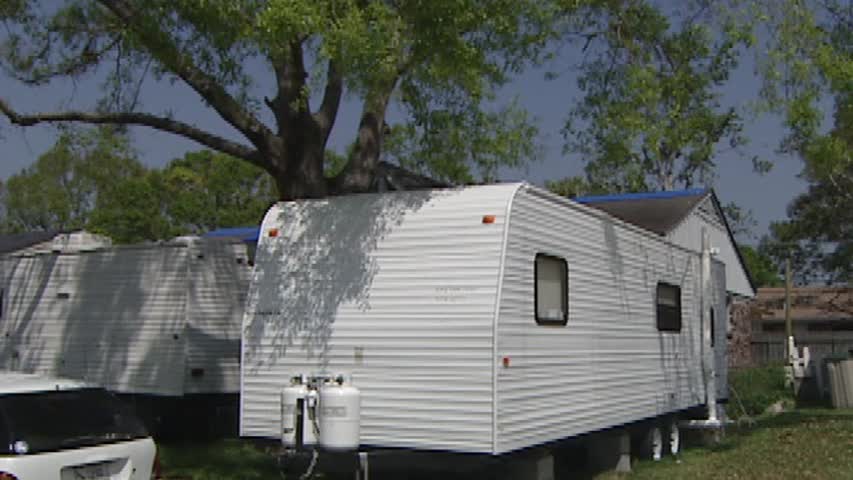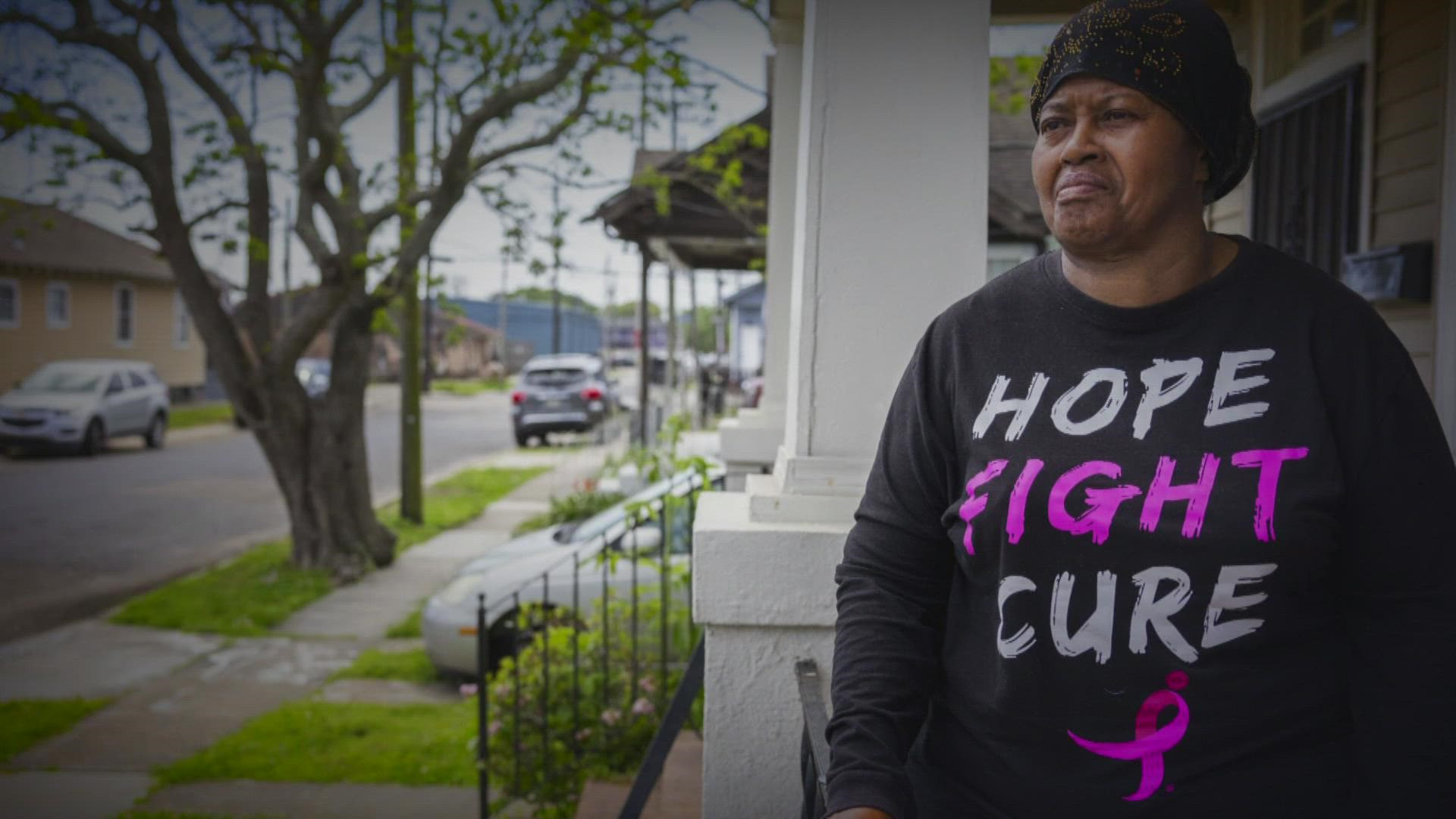NEW ORLEANS -- Ten years after Hurricane Katrina, the memories of the awful storm and the flood that followed still haunt Paul and Yvonne Morris.
"It's horrible. It's very serious. When it rains we're afraid of the rain, because we're afraid it's going to flood."
But when they called the Action Line in March 2006, we found them sleeping in their car outside their flood damaged home, even though a FEMA trailer was outside their home, but they couldn't get the keys.
"I'll sleep in the front here and put the seat back, and he'll just lay back there," Yvonne said at the time.
"It's horrible the way they're treating us, and they go so slow about doing anything," Paul said.
I contacted FEMA and their contractor, and the next day the key arrived.
"Slept good that night, that first night I really slept good," Paul remembers.
It took a year for them to repair their home and move back in, and a decade later, they are still thankful.
"Every day I prayed that God that he got us through that horrible situation."
The Morrises were among 43,000 families in Orleans and Jefferson parishes alone who received FEMA trailers after Katrina in what became the agency's largest housing operation ever.
"120,000 units had to be procured or in some cases built, and brought into the region, and installed," said FEMA Director Mike Womack. "That's amazing, done within about a six month period or less."
FEMA built trailer parks or set up trailers next to damaged homes, allowing flood victims to get back home and begin repairing their houses. The program lasted six years.
"The very first thing was to try to get the citizens back as close as possible to where their damaged home was, or where they worked," said Womack.
"I moved into this house in either 1949 or 1950," Jack Dee said.
Jack Dee still lives in his boyhood home.
"It's wonderful, because this is my neighborhood, this is where my roots are," Dee said. "I used to play kick the can right out here on the street, when Paris Avenue was a ditch."
But Dee was exhausted and overwhelmed in February 2006 when we found him trying to gut his damaged home by himself, throwing ruined possessions out the window.
"Two weeks ago, I came very close to committing suicide," Dee said then.
I worked with FEMA to get Dee the trailer he needed, and he moved in the next month.
"Oh, it was a relief, it was beyond description," was Dee's immediate reaction.
"I kept going because I'm Irish," he said a decade later. "I guess I'm tenacious. I don't give up."
The trailer brought him home, but then hundreds of volunteers from around the world helped him repair the house, and he plans a special gift to the churches and charities.
"And had them rewrite my will so that when I pass away my attorneys will sell my house, and distribute those moneys among all those volunteer organizations that helped me."
In 2006 there was a large FEMA trailer park right here. It's gone, and this is a playground once again. But FEMA has spent years digesting the lessons of Katrina, and preparing a new National Disaster Housing Strategy, to be prepared for the next catastrophe.
"The agency's policy is that a travel trailer or a mobile home are absolutely the last resort," said Womack.
FEMA is working with states including Louisiana to devise better and faster methods to get damage repaired and residents back home. They say one program worked well after Hurricane Sandy.
"Providing funding, provided to the city of New York to help families get their homes to where they could be occupied fairly quickly," Womack said.


